Shifts in Retail Practices
The Sustainable Bag Market is being reshaped by evolving retail practices that prioritize sustainability. Many retailers are now adopting policies that encourage the use of reusable bags, often providing incentives for customers who bring their own bags. This shift not only reduces the reliance on single-use plastics but also fosters a culture of sustainability among consumers. Data indicates that retailers who promote sustainable practices can enhance their brand image and customer loyalty. As more businesses recognize the importance of sustainability in their operations, the Sustainable Bag Market is likely to expand. This trend suggests that collaboration between retailers and sustainable bag manufacturers could lead to innovative solutions that meet consumer demands while addressing environmental concerns.
Rising Environmental Concerns
The Sustainable Bag Market is experiencing a notable shift as consumers become increasingly aware of environmental issues. This heightened awareness is driving demand for eco-friendly alternatives to traditional plastic bags. According to recent data, approximately 70% of consumers express a preference for sustainable products, indicating a significant market potential. As environmental concerns continue to rise, brands are compelled to adapt their offerings to align with consumer values. This trend suggests that companies focusing on sustainability may gain a competitive edge, as consumers are likely to support brands that demonstrate a commitment to reducing their ecological footprint. The Sustainable Bag Market, therefore, stands to benefit from this growing consumer consciousness, which is reshaping purchasing behaviors and influencing product development.
Consumer Demand for Customization
The Sustainable Bag Market is witnessing a growing trend towards customization, as consumers increasingly seek personalized products that reflect their individual values and preferences. This demand for unique designs and features is prompting manufacturers to offer a wider range of options, from colors to sizes and materials. Customization not only enhances the consumer experience but also allows brands to differentiate themselves in a competitive market. Recent surveys indicate that a significant portion of consumers is willing to pay a premium for customized sustainable bags, suggesting a lucrative opportunity for businesses. As the Sustainable Bag Market continues to evolve, the ability to cater to consumer preferences for personalization may become a key driver of growth, enabling brands to forge stronger connections with their customers.
Legislative Support for Sustainability
Government regulations play a crucial role in shaping the Sustainable Bag Market. Many regions are implementing policies aimed at reducing plastic waste, which often includes bans on single-use plastic bags. For instance, recent legislation in various jurisdictions has mandated the use of biodegradable or reusable bags, thereby creating a favorable environment for sustainable alternatives. This regulatory landscape not only encourages consumers to opt for eco-friendly bags but also incentivizes manufacturers to innovate and produce sustainable options. The Sustainable Bag Market is likely to see accelerated growth as compliance with these regulations becomes essential for businesses. Consequently, companies that proactively embrace sustainable practices may find themselves at a distinct advantage in this evolving market.
Technological Advancements in Materials
Innovation in materials technology is significantly influencing the Sustainable Bag Market. The development of biodegradable plastics and other sustainable materials is enabling manufacturers to create bags that are both functional and environmentally friendly. Recent advancements have led to the introduction of materials that decompose more rapidly than traditional plastics, appealing to eco-conscious consumers. This technological progress not only enhances the performance of sustainable bags but also broadens their application across various sectors, including retail and food service. As consumers increasingly seek products that align with their values, the Sustainable Bag Market is poised for growth driven by these material innovations. Companies that invest in research and development may find new opportunities to capture market share in this dynamic landscape.


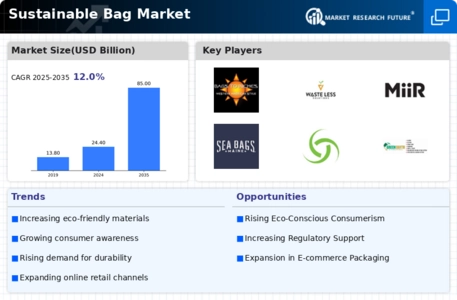
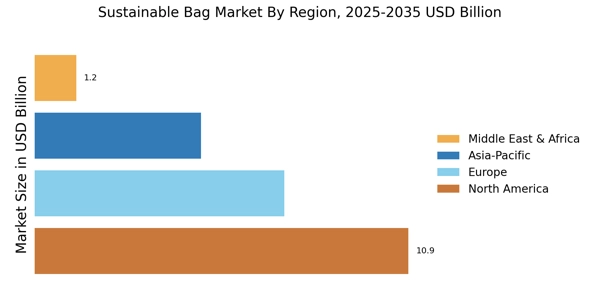
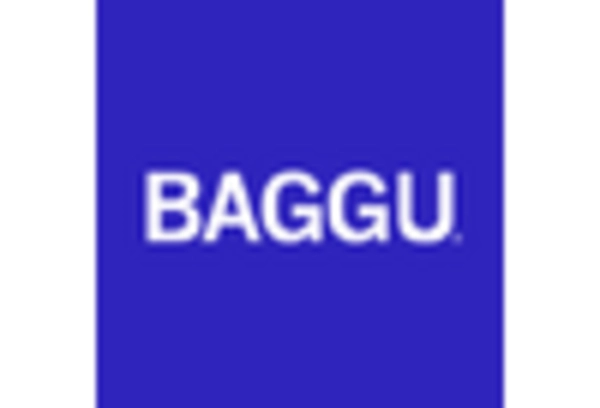
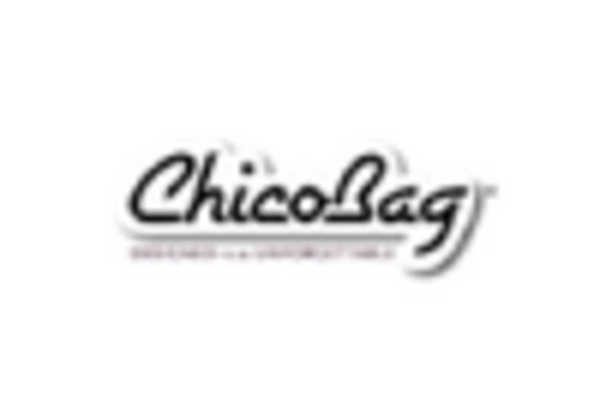
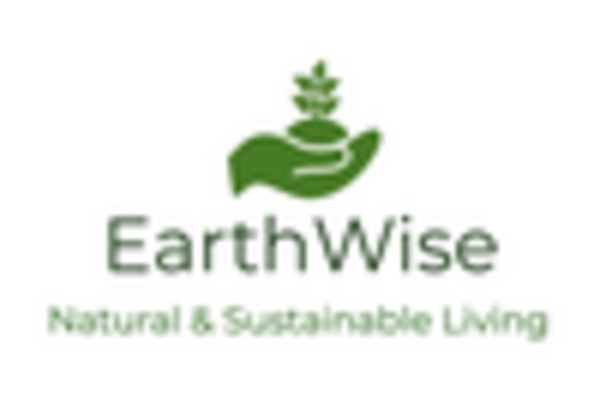
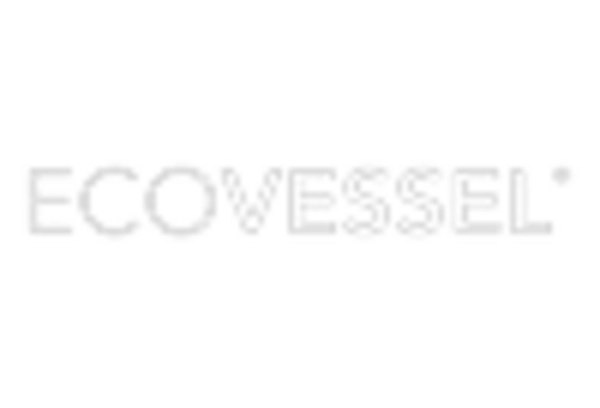
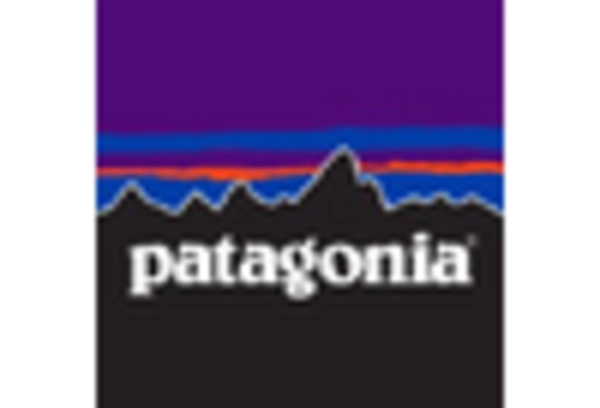
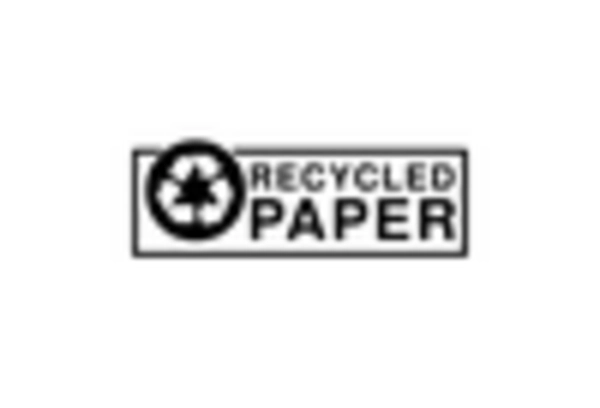








Leave a Comment